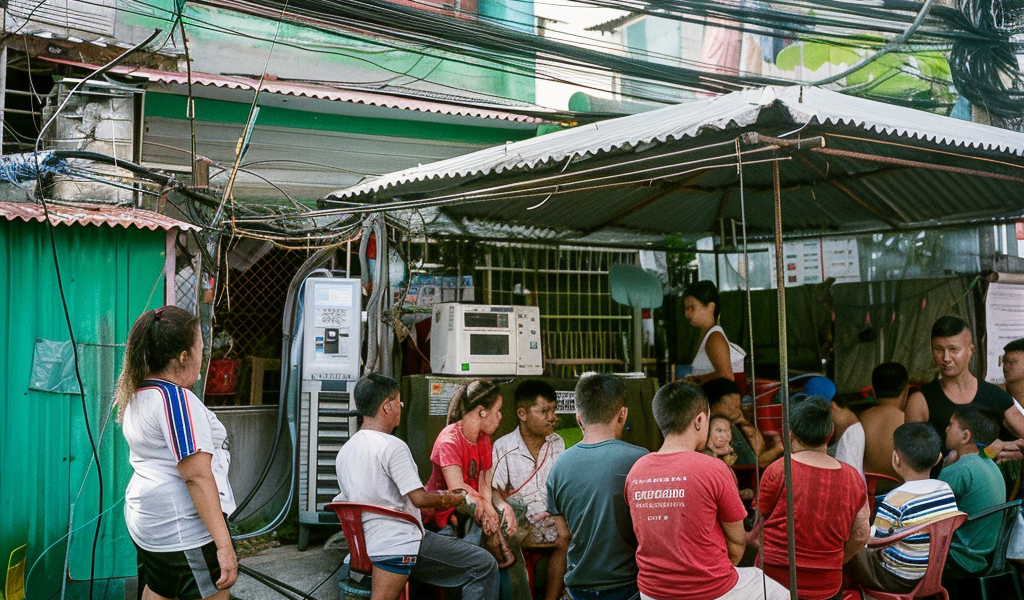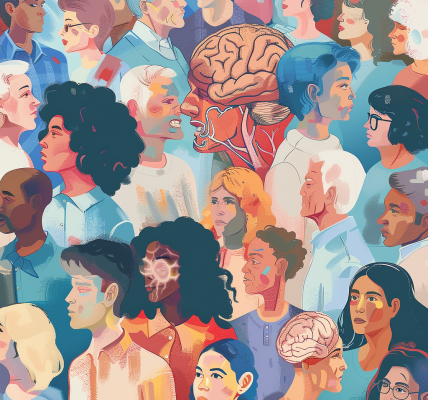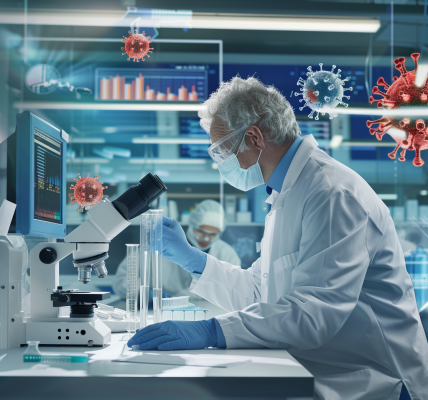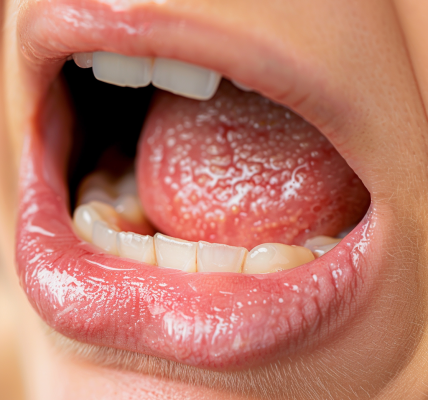Electricity cables slung low across the roads mean that only small vehicles can make their way through the bustling neighbourhood around Manila’s Karuhatan health centre. The clinic, in the same unit as a fire station and nursery, serves a working-class population, many of whom work in the multiple factories of Valenzuela City, a suburb of the Philippine capital.
Here, in a crowded area of a busy city, cutting-edge medical technology is being used in an effort to end tuberculosis, a disease that has plagued humanity for millennia. Every year, 1.5 million people die from TB – making it the planet’s top infectious killer.
Outside the clinic, dozens of people sit on plastic chairs waiting for a lung check – today is for the over-60s. Under the shelter of a gazebo, they step in front of a portable X-ray machine. Five minutes later, the image has been read by an artificial intelligence program and the picture on the technician’s tablet lights up blue – meaning it’s all clear – or with areas highlighted in green that could be tuberculosis.
Anyone with potential TB is asked to step into another open-sided tent, where they provide a sputum sample, which is placed into a battery-powered desktop laboratory machine on a folding table. Using similar technology to the PCR testing equipment used widely during the Covid pandemic, it can detect the presence of the TB bacteria in about an hour. It can also determine whether the person’s infection is likely to respond to first-line drugs, or will need a different treatment designed for use when the bacteria has become resistant to those medicines.





